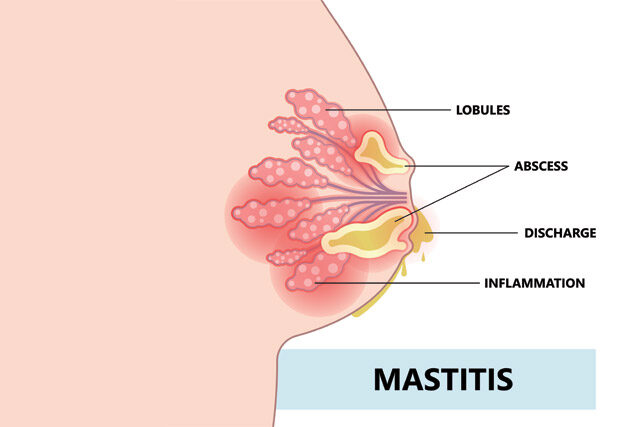What’s the Best 4-Month-Old Sleep Schedule? Every parent knows that establishing a sleep schedule for their baby is essential for their mental well-being. It’s much easier to handle the hardships of taking care of a baby if you know for sure when they will fall asleep and how long they will spend asleep.
Let’s start with the basics to understand what a perfect sleep schedule should look like.
Why Should You Start Working on Sleep Schedule at 4 Months Age?
A tipping point in your baby’s life is 4 months. They get more involved in exploring the world around them more. For this reason, their sleep cycles change, and the schedule you’ve been having for the first three months after birth may not work anymore.
Establishing a sleep schedule can assist you in preventing a lot of hardships of parenthood. For instance:
- it’ll be easier for you to do the routine tasks not related to the baby;
- you’ll have more time to spend with your other children if you have them;
- this will prevent pediatric sleep problems in your baby;
- you’ll minimize night wake-ups so that you’ll be able to sleep better too;
- you’ll adapt your baby’s sleep schedule to your family schedule.
In the end, getting down to sleep-train at 4 months old, you’ll make a mom’s life easier.
What Wake Window 4-Month-Old Baby Should Have?
Starting from 4 months of age, your baby should sleep 12 to 16 hours per day. That’s what the guidelines of the American Academy of Pediatrics say. On average, that makes 14 hours. This time includes three or four naps a day and nighttime sleep.
It’s best to divide this time between three or four naps. Their duration will range from 2 hours for the first nap of the day to 30 minutes with the one preceding nighttime sleep.
If there are four naps in your baby’s sleep schedule, their approximate duration will be as follows:
- 2 hours for the first nap;
- 45 minutes for the second one;
- 45 minutes for the third nap;
- 30 minutes for the fourth.
Keep in mind that these are only approximate recommendations that may work one day and fail the other.
While some moms try to get their babies down to sleep at definite hours, it’s better to choose 4-month-old wake windows for guidelines. A typical wake window for a 4-month-old is 1 hour 45 minutes.
Why shouldn’t it be longer? A common mistake is thinking the baby will sleep longer if you increase the wake windows. But, in fact, the effect is usually the opposite. If overly tired, it is much more difficult for a baby to fall asleep. Besides, a baby wakes up sooner than it will normally do if put to sleep as recommended.
Why Forming a Healthy Sleep Schedule is Important at This Age?
Four months is the age when a baby gets into the period of 4-month sleep regression. It is tough even for the best-prepared parents as the sleep-wake cycles of your child start changing to mature patterns with light and deep sleep taking turns.
How can you understand you are going through sleep regression?
- The baby wakes up soon after it falls asleep;
- Night wake ups become more often;
- Returning to sleep becomes more difficult;
- Babies start making shorter naps;
- The baby needs a pacifier or cuddles to fall asleep again.
Luckily, if you do the homework with the sleep schedule, you’ll be rewarded with your baby will start sleeping through the night and falling asleep fast and easy by the time he/she turns 5-6 months or even sooner. Consistency and patience are the keys to success.
How to Establish Sleep Schedule for a 4-Month-Old?
When it comes to establishing a sleep schedule, most moms start with waking up their babies when they need it and never allow a baby to sleep longer than it should.
An important role in normalizing your baby’s sleep-awake times plays bedtime routine. A 4-month-old bedtime routine is key to adjusting your baby to a new sleep schedule.
Moms are very inventive when it comes to this point. For most, it’s bath time followed by feeding. Some parents turn on the sounds of nature to help their babies fall asleep. Others rock their babies and sing a lullaby. Whatever works for you is right. There’s no single recipe for all babies, after all.
Bedtime for 4-month-old: when should it be? The bedtime for your baby should be based on the time they awake from their last nap. The awake window between the nap and the time your baby falls asleep for the night should stay within the before-mentioned time.
Final Words
When your baby turns four months, a lot of processes in its tiny body go through the period of maturation. It may begin earlier, or a bit later, anyway, it’s just a natural process of growing. Having trouble putting your baby down to sleep at this age is not rare the same as frequent wake-ups during the night. It’s normal at this age. Just try to concentrate all your love, patience, and care on this small human, and sometime later, you’ll remember this as a small challenge you’ve successfully overcome.




